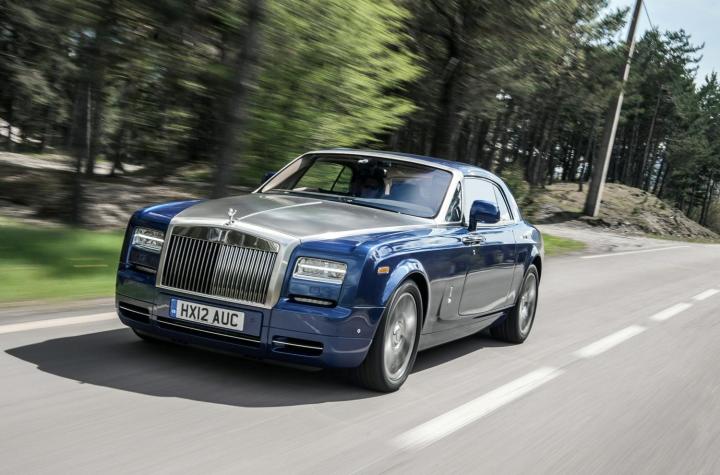
The Rolls-Royce Phantom might be one of the most desirable cars in the world, but that isn’t stopping Rolls-Royce from working on its replacement. The new model isn’t set to be released for at least three years, but designers have some pretty radical ideas.
While the current V12 is likely to remain at the heart of the next generation of Phantom just about everything else is likely to change. For starters, it is all but certain that a plug-in hybrid version will be launched at the same time as the new car.
Though it appears less likely that Rolls-Royce plans on going full electric. Past efforts at making a full electric Roller have met with limited success, which may not come as a surprise. After all, one of Rolls-Royce’s key markets is the Middle East, where I have heard that fossil fuels are still kind of a big deal.
Even if the new Phantom won’t whisper along on electric motors, it will likely be getting an advanced and lightweight body and platform. The current car is a fairly advanced aluminum spaceframe, but rumor has it that the new car will be borrowing from its parent company’s, BMW, radical i3 and i8. That means the next Phantom could very well feature a carbon fiber passenger cell and body.
Though making this a reality would likely require a dramatic expansion of BMW’s carbon fiber manufacture and assembly facilities. The current capabilities are already being stretched by the popular demand for the i3 and i8 models.
Engineering isn’t the only part of the car to get a makeover either. In an interview with Autocar, Rolls-Royce design chief Giles Taylor revealed that the new Roller may look radically different than the current model.
As Taylor explained: “I don’t feel boxed in by the [existing] design. We are treading an evolutionary path and have a defining vision of modernity. The Wraith was all about modernising the brand. The fastback profile has a contemporary relevance. We are working on how to lay down what we call a ‘charismatic expressiveness’ for our future design language.”
While Taylor went on to explain that many important aspects of the new car, including the lights and the iconic grille, will be different: “we are going to take the model forward, we need to retain the Rolls-Royce ‘golden section’, a big part of which is the angle of the rear pillar. You get a lot of privacy behind that wide C-pillar. It’s part of the Phantom recipe.”
Whatever the results the new model should be a thrilling addition to the luxury motoring world, after all Rolls-Royce didn’t get to the top by ignoring progress.
Editors' Recommendations
- Check out Spectre, Rolls-Royce’s first all-electric car
- How Johnny Cash’s Rolls Royce transformed into a Tesla-powered EV


